From the Edo period and from the time of steam locomotives, and now also with vending machines "station de soba"! Supporting the working people <Station soba history>
2018.1.15
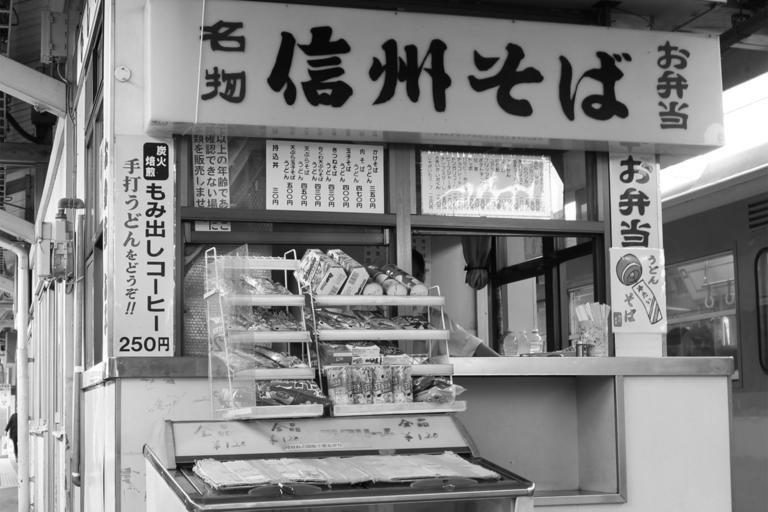
I have no time to eat rice! At that time, it is convenient to use "Station Soba". Is there some people who have run-in experience during the trip? The station side that warms up the stomach by simmering is a reliable friend of the business person.
By the way, it turns out that it goes back to the Edo period how the side of the station which can be said to be such "genuor fast food" and its roots. Furthermore, the famous buckwheat noodles from all over Japan such as "Izumo buckwheat noodles", "Izushi buckwheat noodles" and "Aizu buckwheat noodles" that are often found in shops near stations are stories that are actually derived from buckwheat noodles and Shinshu! This time, we will introduce the birthplace and history of such a station soba, the nutritional ingredients of the side to be worried about, and the latest style (?!) Of "station de soba".
It is the town of Edo that "stand eating soba" was born. "Station Soba" has been around since the era of locomotives!
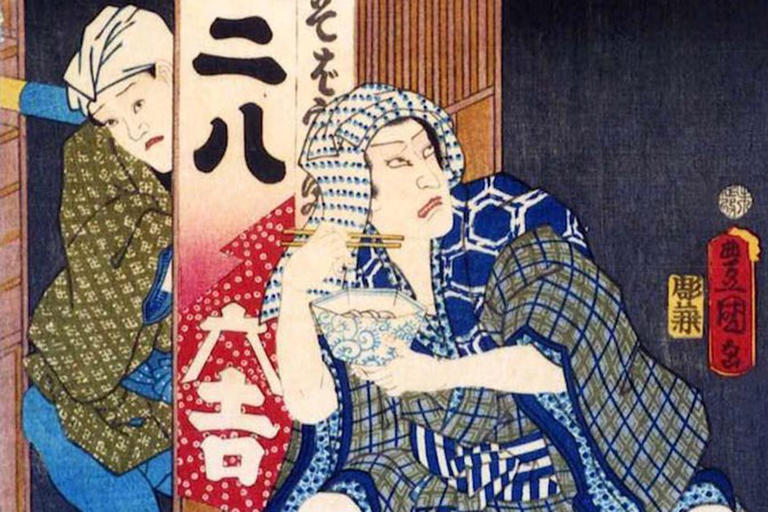
There are a lot of shops where counter and table seats are prepared for the station side nowadays. However, speaking of the traditional station side, after all "stand eating soba". Its origin was in the Edo period. Currently, our food is generally said to be three meals a day, but in fact there is a theory that this number has spread since the great fire of the Edo period.
In the great fire of the Ming calendar, the city of Edo was burned down. After that, many carpenters and craftsmen will continue to work all day to rebuild. It seems that three meals a day is popular with the general public, as two meals alone do not have strength.
It is also around this time that the stalls of the soda became very popular. At the time, various stalls were out in town to serve the food of the artisans who flowed into Edo. Above all, it was the store that provided buckwheat noodles that gained popularity.
However, it is said that at the outset it was not the noodle-like present, but the main product was buckwheat noodles made with buckwheat noodles. Soon after, a store offering noodle-like "soba chopsticks" appeared, and "Bukkake soba" appeared in the middle of the Edo period. By late Edo, there were more than 3,000 standing eating soba shops.
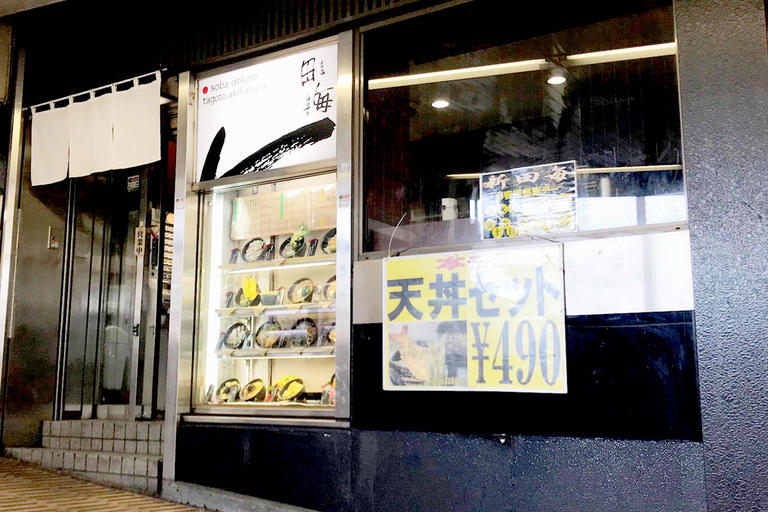
Since the railway did not run during the Edo period, the station side appeared in the late Meiji period. It is said that Karuizawa Station in Nagano Prefecture (Shinshu = Soba)! As it was necessary to replace the locomotive at this point, it was said that the store opened with an eye on the waiting time.
Of course, there are well-established station soba shops in the central area. One of them is the picture above, JR EastAkihabaraofSobulineChibaHeading to the direction of the home "Shin-takita". Founded in 1968! We will celebrate the 50th anniversary in 2018.
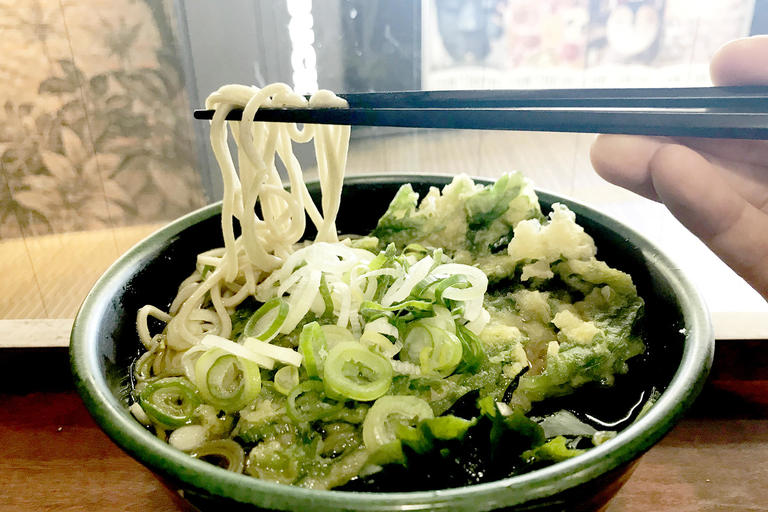
Among the many menus, "Shunkushiten soba (430 yen)" is a popular pattern. In addition to a large amount of bowly big spring chrysanthemum, there are plenty of wakame seaweed, making it a very good eating response. Noodles use raw soba. The number of visitors per day is an average of 1,000 people (!).
江戸時代から働く人々を支える、立ち食いそば。「老舗の味を食べてみたい!」という方は、JR秋葉原駅に足を運んでみてはいかがでしょうか。
Vitamin B group, polyphenol friend "rutin", etc.--The rich nutrients of buckwheat saved the people of Edo from the disease!

Soba, which became a trend during the Edo period, also contributed to the health of people at that time. Everybody came to eat white rice, and "Edo wazarai" became popular. "Edo Wazarai" means beggar. Beriberi is a disease caused by a lack of vitamin B1. The grains and brown rice that the people of Edo have eaten up to that time contain vitamin B1, but when white rice is milled the vitamin B group decreases. It is believed that this has led to the "Edo study".
However, as the popularity of buckwheat grows, "Edo wandering" will gradually disappear. That should be it, so the side also contains about 5 times more vitamin B1 and B2 than white rice (* 1).
The picture above is the fruit of buckwheat. In this small fruit, in addition to the vitamin B group, minerals such as zinc, potassium and magnesium are also tight. It is also rich in one of the polyphenols "rutin". Rutin is an antioxidant that acts as a nutrient that promotes absorption of vitamin C, which is essential for beauty and health, and strengthens capillaries.
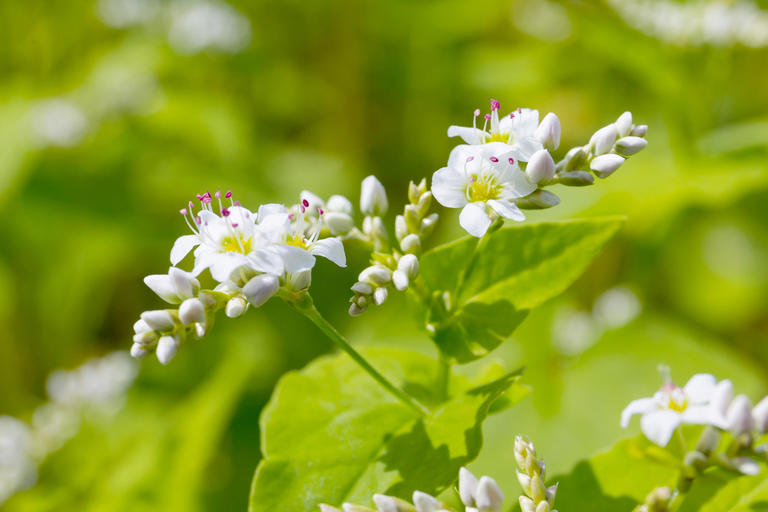
By the way, the soba restaurant appeared in the Edo period, but the relationship between the Japanese and the soba is even older, and it seems that pollen from the side of the Jomon period is also found in the ruins of the Jomon period. Soba first appeared as a document in the history book "Seihonnoki" completed in 797. It is stated that it was grown as a grain.
Not only noodles, but also raw materials for Japanese confectionery, buckwheat tea, buckwheat shochu ...... Even now, soba close to us. It was a grain that has taken root in Japan since ancient times and has contributed to maintaining health.
※1 ダッタンそば(全層粉)と米(精白米)で比較。日本食品分析センター調べ および 日本食品標準成分表2010より
Soba in Edo is also famous for being loved around the world. All buckwheat noodles go to Shinshu!
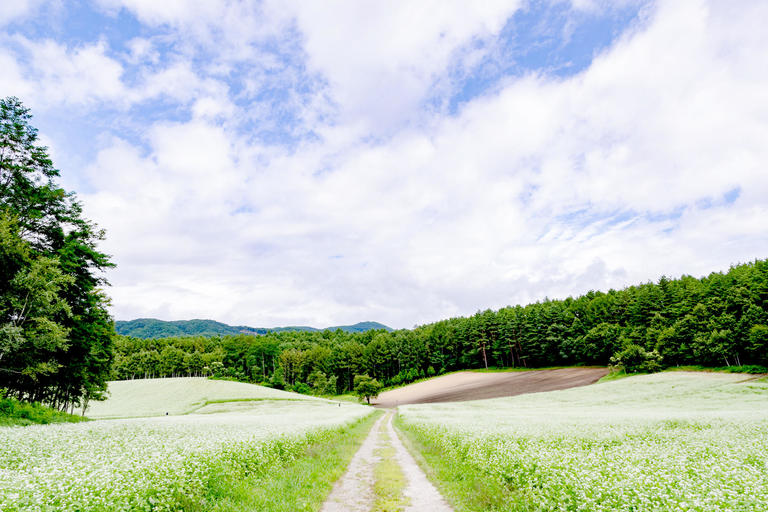
Although there are many famous local production areas, Shinshu is especially famous. The aforementioned "Soba Kiri" was also born in Shinshu, and was transmitted to the city of Edo.
Also, when a change of state was made by the Shogunate order during the Edo period, famous people from around the world were born, since Daishu of Shinshu went to other land with a soba craftsman. Shimane Izumo district "Izumo soba", Toyooka city Hyogo prefecture "Izushi soba", Fukushima Aizu district "Aizu soba" are all said to be soba that was conveyed by the change of Shinshu daimyo (※ 2) .
※2 「長野県信州そば協同組合|そばの歴史」より
What is "Dattan Soba"?ekinakaBeverage【Tea】Shinsyu soba cha"The secret of deliciousness is Ali there!"
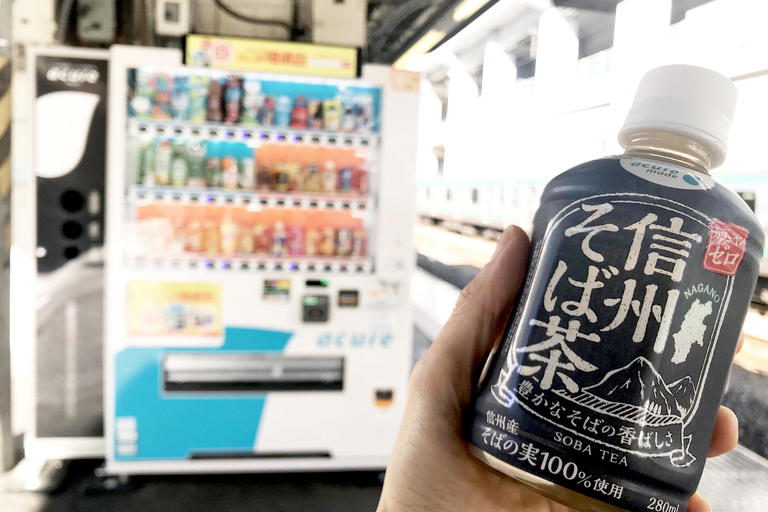
JR East'sacureLined up with vending machines【Tea】Shinsyu soba cha"As the name suggests, the raw material is a drink using only Shinshu. According to the product developer, "As a result of repeated tasting, we are blending buckwheat fruit & tartan buckwheat fruit".
100% buckwheat fruit, buckwheat buckwheat fruit 100%, and the proportion of each ... ... and "at the time of development, the person who drinks buckwheat tea daily" was the person in charge. The blend and final selection were finally narrowed to three patterns after the trial and examination. "This three patterns,acureMembersacureFan club. * 2) After tasting at a round-table conference, the opinions of members of the members were taken into consideration, and it was decided that the "best blend" to be commercialized was finally decided.
Tattan-soba is also called "bitter soba", and it is characterized by the bitterness that buckwheat does not have. By blending such tartan soba, it is possible to produce a slight astringency in the sweetness. An exquisite balance of sweetness, astringency, and aroma【Tea】Shinsyu soba cha"Ura of birth, there was an extraordinary" commitment to the blend ".
Tartan soba is also good for nutrients. As I mentioned earlier, the content of vitamin B1 ・ 2 in buckwheat is about 5 times that of white rice. When this is buckwheat noodles, vitamin B1 is 8 times that of white rice, and vitamin B2 is also 6 times (※ 4)! In addition, rutin contains about 120 times that of buckwheat. Even in comparison with other foods, there is research data that "the antioxidant power of buckwheat noodles shows overwhelming height".
While containing abundant nutrients, caffeine is zero for both buckwheat and buckwheat buckwheat. "【Tea】Shinsyu soba cha"Is a nice drink for pregnant women and kids who care about caffeine.
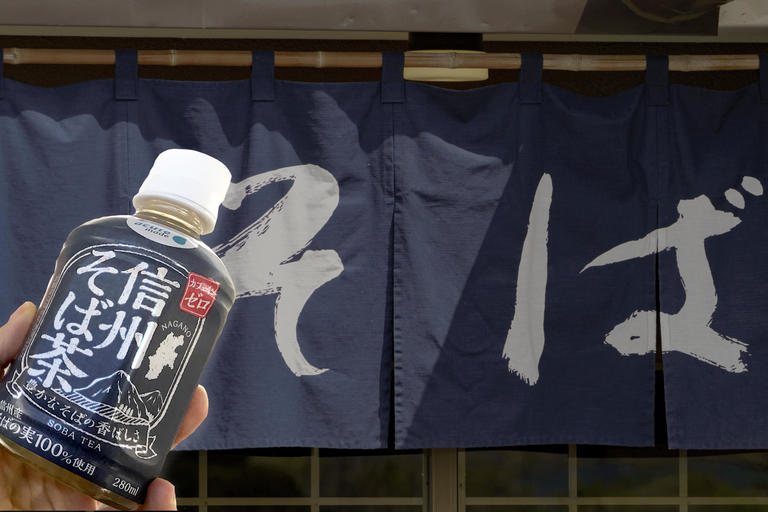
Hot or cold but delicious【Tea】Shinsyu soba cha",ekinakaThis package is a marker when searching in. This indigo dyed color is ... you already know! It is an image of the "goodwill" of a soba restaurant.
The size is 280ml and easy to carry, so it's perfect for both travel and pleasure. Even when you want to have a different lunch time, or when you want to spend some healing time at the station home,【Tea】Shinsyu soba chaEnjoy the sweetness and aroma of the sweetheart! You can enjoy "Station de Soba" more easily than the station.
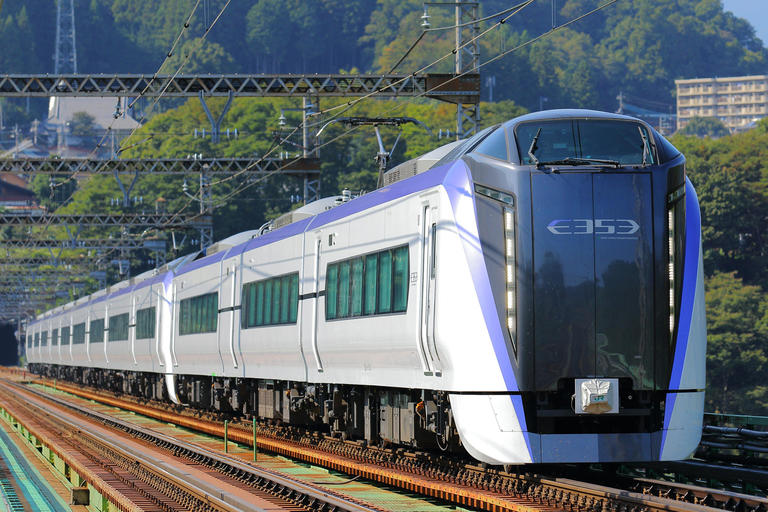
Oh yeah, speaking of Shinshu on December 23, 2017, Chuo Line Express "Super Azusa" (JR EastShinjukuThe new model E353 series debuted at ~ Matsumotoma) (* 5). On March 17, 2018, all "Super Azusa" will be replaced by a new model. It is swayed by a car of the attention, and it will be fun to go on a trip to Shinshu soba. Of course in the car, "【Tea】Shinsyu soba chaPlease spend a time with high fragrance!
※ 3"acureMembers "What is (everyday "drinking" becomes more funacureMembers)
* 4 Comparison between Tartary buckwheat (all-round flour) and rice (polished rice) From Japan Food Analysis Center Survey and from Japanese Food Standard Ingredients Table 2010
※FiveJR East (HachiojiBranch office) "2017.12.23 NEWAZUSA DEBUT!"
◆ Contact
Advertiser name: JR East Japan Water Business Co., Ltd.
Advertiser Contact:TokyoShibuyaDistrictEbisuMinami 1-5-5 JREbisuBuilding 9F
Phone number: 03-6853-6001
Media Name:acureLounge
COLUMN
A new standard for tea that you would like to drink in the winter and "Soba de Soba"! "【Tea】Shinsyu soba cha"
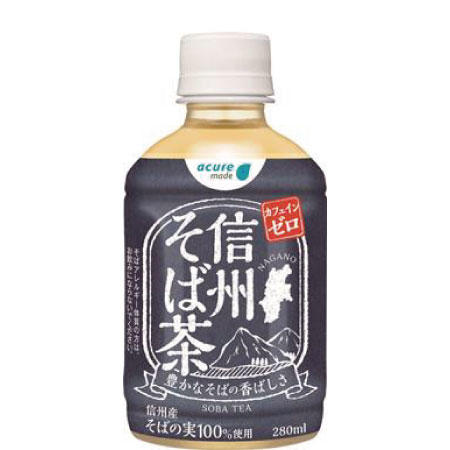
【Tea】As a little unusual amber package gets eye-catching【Tea】Shinsyu soba cha". As I introduced in the article, this scarlet is an image of the so-called "Goodwill of Soba Store". The first thing I can enjoy when I open the cap is the soft and gentle scent! You can enjoy the different flavors warm and cold. And, its clean taste is the skill of making an exquisite blend of fruits & buckwheat noodles by "100% from Shinshu". Because "Caffeine Zero", it's a pleasure to enjoy it all day, at the start of winter, at lunch together, and at a moment of rest in the evening.acureIf you see it on your vending machine,【Tea】Shinsyu soba chaAnd try the new style of "station de soba" by all means!






